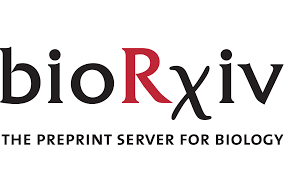Abstract:
Remote sensing can transform the speed, scale, and cost of biodiversity and forestry surveys. Data acquisition currently outpaces the ability to identify individual organisms in high resolution imagery. We outline an approach for identifying tree-crowns in true color, or red/green blue (RGB) imagery using a deep learning detection network. Individual crown delineation is a persistent challenge in studies of forested ecosystems and has primarily been addressed using three-dimensional LIDAR. We show that deep learning models can leverage existing lidar-based unsupervised delineation approaches to initially train an RGB crown detection model, which is then refined using a small number of hand-annotated RGB images. We validate our proposed approach using an open-canopy site in the National Ecological Observation Network (NEON). Our results show that combining LIDAR and RGB methods in a self-supervised model improves predictions of trees in natural landscapes. The addition of a small number of hand-annotated trees improved performance over the initial self-supervised model. While undercounting of individual trees in complex canopies remains an area of development, deep learning can increase the performance of remotely sensed tree surveys.
Links:
Citation:
B. Weinstein, S. Marconi, S. Bohlman, A. Zare and E. White, “Individual tree-crown detection in RGB imagery using semi-supervised deep learning neural networks,” in Remote Sensing. 2019. vol 11. issue 11. pp. 1309. @Article{Ben2019Individual,
Title = {Individual tree-crown detection in RGB imagery using semi-supervised deep learning neural networks},
Author = {Weinstein, Ben and Marconi, Sergio and Bohlman, Stephanie and Zare, Alina and White, Ethan},
Booktitle = {Remote Sensing},
Publisher = {Multidisciplinary Digital Publishing Institute}
Year = {2019},
Volume = {4},
Series = {5},
Pages = {1309}
}

